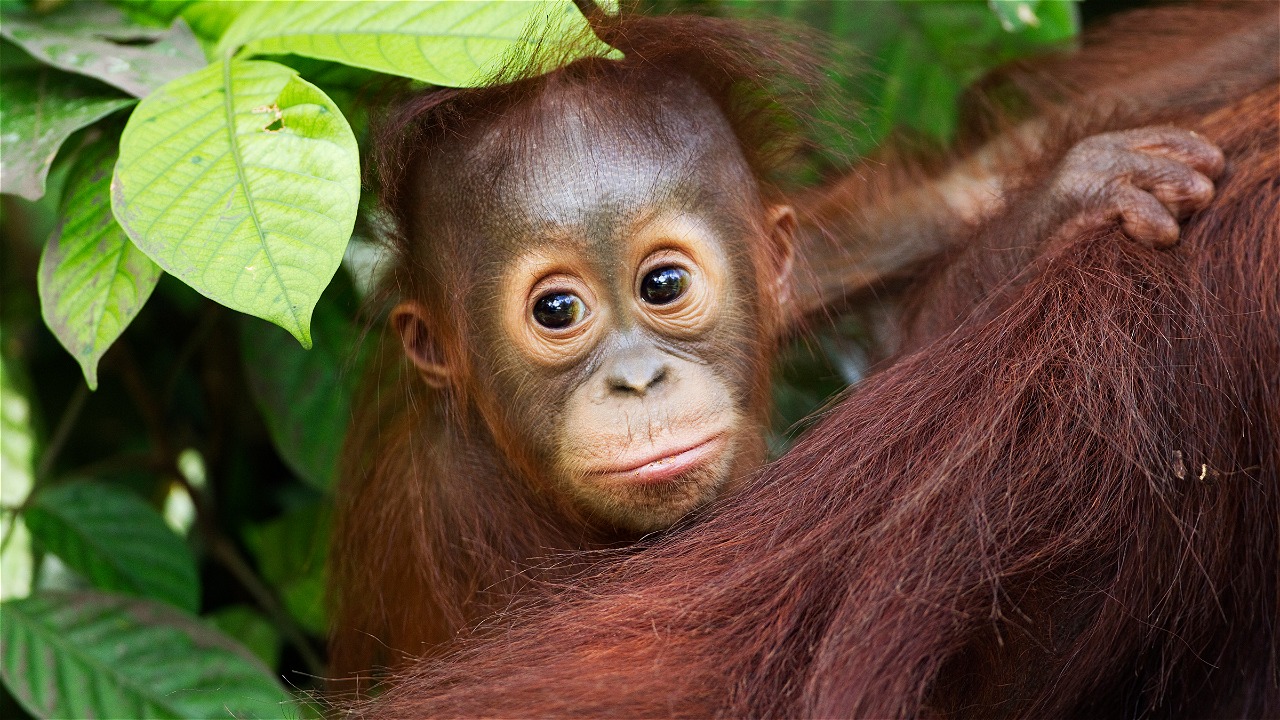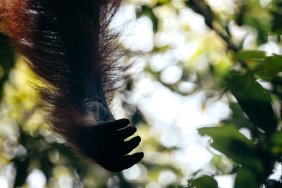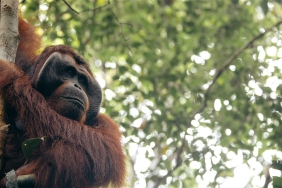CONSERVING ORANGUTANS IN BORNEAN FOREST CONCESSION
Today, Bornean Orangutans are threatened by extinction. The World Conservation Union (IUCN, 2002) classifies the Bornean Orangutan, including sub species of Pongo pygmaeus wurmbii as an endangered species. The biggest threat to orangutan is destruction of their natural habitat by forest conversion for agriculture, plantations, mining sites and housing areas and logging. PT Suka Jaya Makmur (SJM), a natural forest concession company located in West Kalimantan, a member of Global Forest & Trade Network (GFTN) Indonesia with a total area cover of 171,340 ha. Based on survey conducted by WWF Indonesia in 2010, PT SJM has an estimated of orangutan population between 619 – 672 individuals.
GFTN-Indonesia together with the WWF Indonesia Species program is working with the PT SJM to develop the orangutan management plan to ensure that the company and the orangutans population can coexist in harmony indefinitely in to the future. On January 2010, GFTN-Indonesia and team of experts consisted of botanical expert, orangutan expert, and WWF-Indonesia GIS staffs were conducted survey on orangutan population and distribution in southern and northern parts of PT SJM concession. The field research was supported by documentation activity where the end result would be a documenter film and orangutan management plan to complete HCVF (High Conservation Value Forest) action toward company’s effort to achieve FSC forest certification.
This is the first time in Indonesia that we are aware of, that a company will incorporate conservation activity within their management plan ensuring that the conservation activity is integrated with production activity of the company. Among the actions within the management plan is the incorporation of protecting trees that are the food source of the orangutan, ensuring not to log in the area with high population of orangutan and collaboration with the company to enforce no poaching within the concession area. With this successful pilot it will pave the way for more conservation actions outside of protected area’s as it is interesting that more orangutan population are living outside the protected areas.
More...
http://assets.wwfid.panda.org/downloads/wwforangutansjm2.pdf





